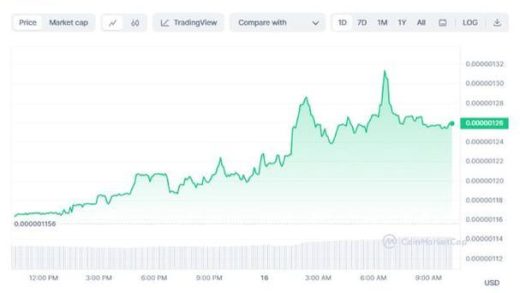Cryptocurrencies have taken the financial world by storm, wiht algorithmic trading strategies gaining popularity among investors and traders. However, with the multitude of algorithms available, how can you determine if your crypto algorithm is truly effective? Here’s a comprehensive overview to help you assess the efficiency and effectiveness of your crypto trading algorithm.
Understanding Algorithm Effectiveness
The effectiveness of a crypto trading algorithm is often measured by its ability to yield profitable trades. However, profitability isn’t the only criterion. Here are several key factors to consider when evaluating your algorithm:
- Return on Investment (ROI): The profit generated in relation to the amount invested.
- Sharpe Ratio: This metric measures the risk-adjusted return of your trading algorithm.
- Drawdown: Understanding the maximum loss experienced during a trading period provides insights into the potential risks involved with your strategy.
Assessing these factors allows you to quantify performance and identify any weaknesses in your approach.A superior algorithm will consistently yield positive returns and a favorable Sharpe Ratio, minimizing risks along the way.
Key Metrics to Evaluate your Crypto Algorithm
To effectively gauge your algorithm’s success, focus on certain performance metrics.These metrics can help determine if your trading strategy is robust enough to adapt to the inherently volatile nature of the crypto market. Here are some key metrics to keep an eye on:
- Win Rate: The percentage of profitable trades compared to total trades.
- Average Gain vs.Average Loss: Understanding the balance between how much you win on average versus how much you lose will indicate the algorithm’s overall effectiveness.
- Trade Frequency: The number of trades executed over a specific period can provide insights into market conditions and your algorithm’s adaptability.
You should continuously track these metrics over varying market conditions to ensure that the algorithm remains effective through volatility and uncertainty. A resilient algorithm will exhibit strong metrics across different time frames, enhancing your confidence in its performance.
Testing Your Algorithm
To validate your crypto algorithm’s effectiveness, implementing rigorous testing processes is essential. Here are two critical methodologies for assessing its actual performance:
Backtesting
- Simulate historical Performance: Run your algorithm against historical price data to see how it would have performed under real market conditions.
- Adjust Parameters: Change various parameters to enhance performance and evaluate resilience.
Forward Testing
- Paper trading: Execute trades in a simulated environment without risking real capital. This can help identify any flaws in your strategy without incurring losses.
- live trading: Once you’re satisfied with backtesting results, initiate small-scale live trading to monitor how your algorithm performs in real-time.
By utilizing both backtesting and forward testing, you can confidently ascertain whether your crypto algorithm is fine-tuned for optimal performance before investing significant capital.
Key Takeaways for traders
determining the effectiveness of your crypto trading algorithm involves a dissective approach where metrics, backtesting, and forward testing play pivotal roles. Here are the main points to remember:
- keep a close eye on crucial metrics such as ROI, Sharpe Ratio, and drawdown.
- ensure your algorithm has a high win rate and favorable average gain-to-loss ratios.
- Perform comprehensive backtests and forward tests to validate performance across various trading conditions.
By being diligent in these evaluations, you can enhance your trading strategy and make informed decisions that could lead to higher profits.
FAQs
1. How do I know if my algorithm is performing well?
Track essential performance metrics like ROI, win rate, and Sharpe Ratio. Consistently positive results indicate effective execution.
2. What should I do if my algorithm is underperforming?
Re-evaluate your strategy by adjusting parameters,incorporating more data points,or testing alternative approaches. Backtest extensively to find the best adjustments.
3. is backtesting enough to validate my algorithm?
While backtesting offers valuable insights, it should not be the sole method of validation. Also include forward testing to understand how the algorithm behaves in real-time market conditions.
By ensuring that your crypto algorithm meets these effectiveness criteria, you can confidently navigate the unpredictable waters of cryptocurrency trading. Isn’t it time you took control of your investment strategy?


